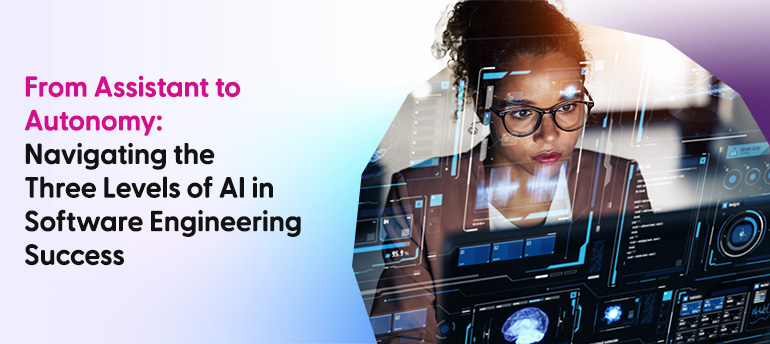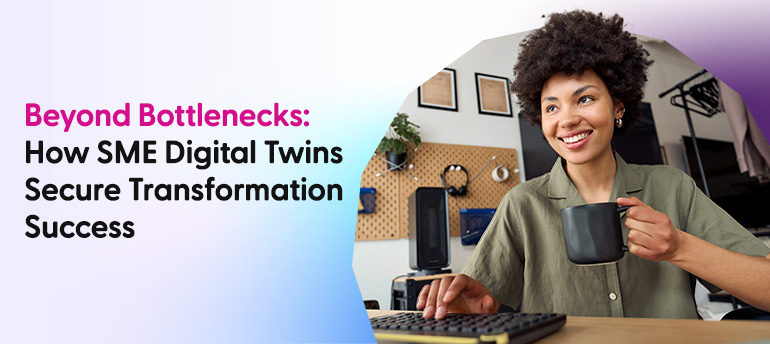Blog Immersive Technology in Social Care: The Art of the Possible
Immersive Technology in Social Care: The Art of the Possible
By Insight UK / 8 Nov 2023 / Topics: Artificial Intelligence (AI) Virtual Reality (VR)
Immersive technology is older than you might think. The first Augmented Reality technology was developed in 1968 in Harvard, ten years after the term Artificial Intelligence was first coined at Dartmouth College, New Hampshire. Even so, to many it still seems a bit futuristic. The reality is that AR and AI are in the here and now and are adding value to people’s lives in a very real sense.
Patients and staff at a care home in Torbay are using Microsoft’s HoloLens technology in a project to help support staff and clients (the individuals receiving care). Insight invited John Bryant, Integration Lead – Social Care at Devon Training Hub and Head of Integration and Development at Torbay Council to share his thoughts about the value that immersive technology can bring to social care.
Insight: Can you provide some background on the solution itself?
John Bryant: There are enormous challenges in almost every sphere you can think of. We have an aging population who are living longer. They value their independence, and we need to alleviate the pressure on hospitals by preventing the escalation of conditions in care homes. In Devon, care homes account for 100 hospital admissions a week - if we can reduce this, it will have a significant impact on hospitals and, importantly, on people’s lives.
I also don’t think you can avoid mentioning workforce challenges. There are currently over 40,000 unfilled vacancies for nurses. Many of those working are nearing retirement age, 27% of community nursing staff are over 56 and 45% are over 51. In Devon alone 47% of care workers leave their jobs each year.
There’s real scope to look at the capacity within the system to do things differently, and there’s certainly an appetite to use technology to enable a shift in mindset to make this happen.
I: How can immersive technology help alleviate the pressure on hospitalisations from care homes?
JB: Immersive technology can step in to give a health care assistant (HCA) or care worker confidence they can access a supervisor’s knowledge remotely if they need help. The senior person can provide assistance without having to travel, without disrupting their home life if the call is out of hours, and they can help in real-time, not hours or days after help is needed. This makes work more fulfilling for the care worker who is right there with the patient, and for the nursing staff who use their knowledge to the best effect and support even more people.
The benefits are felt across nursing and care staff and patients. It may be “technology”, but the benefits are human. It enables not substitutes.
There are other advantages too, like a reduction in hours on the road and miles driven. In Torbay alone domiciliary staff cover 1 million miles a year. Reducing that through clever use of technology has an environmental impact that we can’t ignore.
I: AI is centred around data – what part do you think data plays in helping patients and clients?
JB: Data is critical for what is called ‘Population Health Management’. This is a way to help frontline teams understand current health and care needs, and predict what local people will need in the future. While the data is invaluable, the problem is that collecting data is a burden for people who have limited enough time to care for patients, let alone fill in form after form. There’s great potential in the HoloLens headsets being able to collect and collate data – appropriate data governance being observed of course – while the care assistant or nurse gets on with their core role.
There are also some really practical ways that data gathered via HoloLens can make a big difference to people’s lives as well as healthcare budgets. For example, we know that aggravated behaviours for some patients with dementia can arise from discordant colours and patterns in the home. Carpets, wallpaper even doors can trigger it. Colleagues don’t have the time to record and report every detail, but a headset can. Immersive tech and AI can support the patient’s independence not with an increased care package, but possibly through analysis by trained professionals who can advise on suitable colourways for carpets, walls and even crockery. The clients get a new lease of life and it can be hugely supportive for their families, the unpaid carers. They don’t get so distressed, and they don’t need to be interrupted with care all the time , with visits taking place less frequently.
HoloLens can make around half a million hours of ‘line of sight’ care available to create new data and insight for Population Health Management. We’re not there yet, but this is where it is headed.
I: You’re currently using HoloLens augmented reality headsets in a care home in Torbay - what has the reaction been like?
JB: The important thing to bear in mind is that the people working and residing in the care home or supporting people in their own homes, are rarely technical. I confess, I was worried that they wouldn’t take to the headsets and they would gather dust. What we found was that the staff created an activity session for the the residents using the headsets. This helped the them get used to devices and it became enjoyable and built confidence meaning they wouldn’t be fazed when nurses and carers used them.
We’ve seen a big improvement in people’s well-being as a result of the headsets, especially when senior people or supervisors are on-call. The impact of this is immeasurable. The care worker has confidence that there’s help available, they don’t hesitate out of fear of troubling their supervisor, they build their own skills rather than standing back and letting the supervisor take over. And the supervisor doesn’t have to make a value judgement about whether to attend or not – with all the safeguarding implications of not attending a what subsequently turns out to be serious event. It all makes for better informed decision taking and skills development; something absolutely key as we care for more and more people with complex needs outside of hospital in community settings.
The technology can help head off a ‘tipping point’. A tipping point could be that a care worker has a patient downstairs, but the lift is broken, and it’s evening. We didn’t anticipate when we looked at the HoloLens project that it might mean someone putting on a headset and being guided through getting the lift operational again. This can make a huge difference to the care colleague’s well-being, they get to go home that night, and the resident’s well-being too as they get to sleep in their own bed.
Immersive technology is great in and of itself, but what it does for people is even greater.
It helps staff rediscover what they loved about their jobs in the first place. It gives patients and clients a new lease of life with treatment and support based around their real experiences in real time, not a remote interpretation of their needs some days down the line. Plus, importantly, it gives our health and social care systems some real data to include in population health management services and a way to include truly human centred design within social care.
I: Any final thoughts or comments?
JB: I see immersive technology, AR and AI as enabling technologies. People are looking for a silver bullet for ‘substitutional’ technology, replacing humans with tech when there’s a resourcing shortfall. What I feel we should be doing is looking at this technology and asking; ‘what can I get this to do that enables people to perform better, enjoy their work more and provide a higher level of care?’ And doing that together, and integrated system.
This simple change of mindset puts the emphasis on enabling rather than substituting and is all deliverable through technology – and an open mind and an enthusiasm to share and collaborate
Set up a meeting with Insight to find out more.

John Bryant
Integration Lead - Social Care - Devon Training Hub &
Head of Integration and Development - Torbay Council



